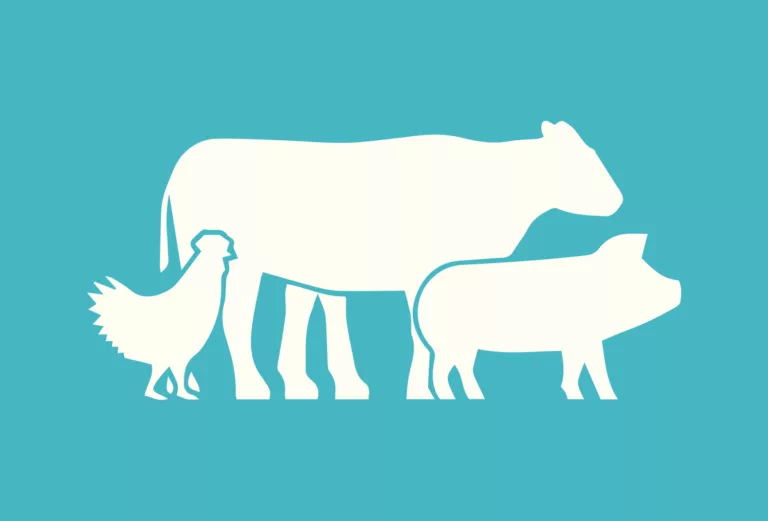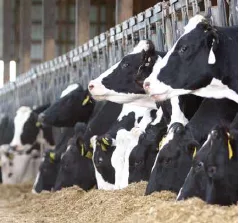
Antibiotics are important to food safety, affordability
December 5, 2016
As a veterinarian, I need to be able to answer questions about antibiotic use in farm animals in an informed and evidence-based way. Based on scientific research and practical experience, I’m completely comfortable telling people that using antibiotics responsibly makes meat, milk and eggs safer with the added benefit of lower food costs.


